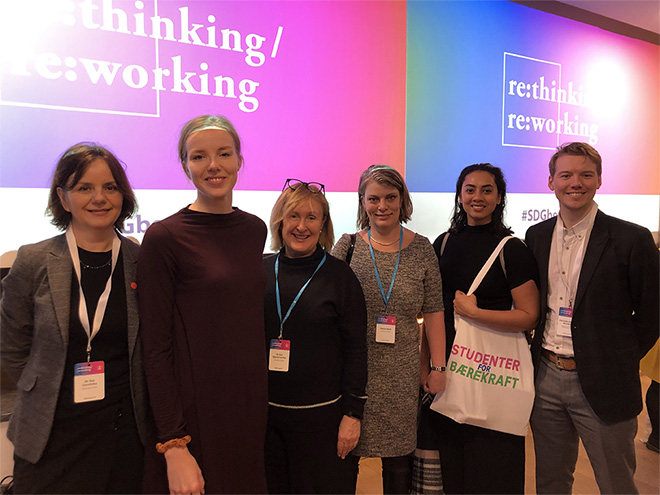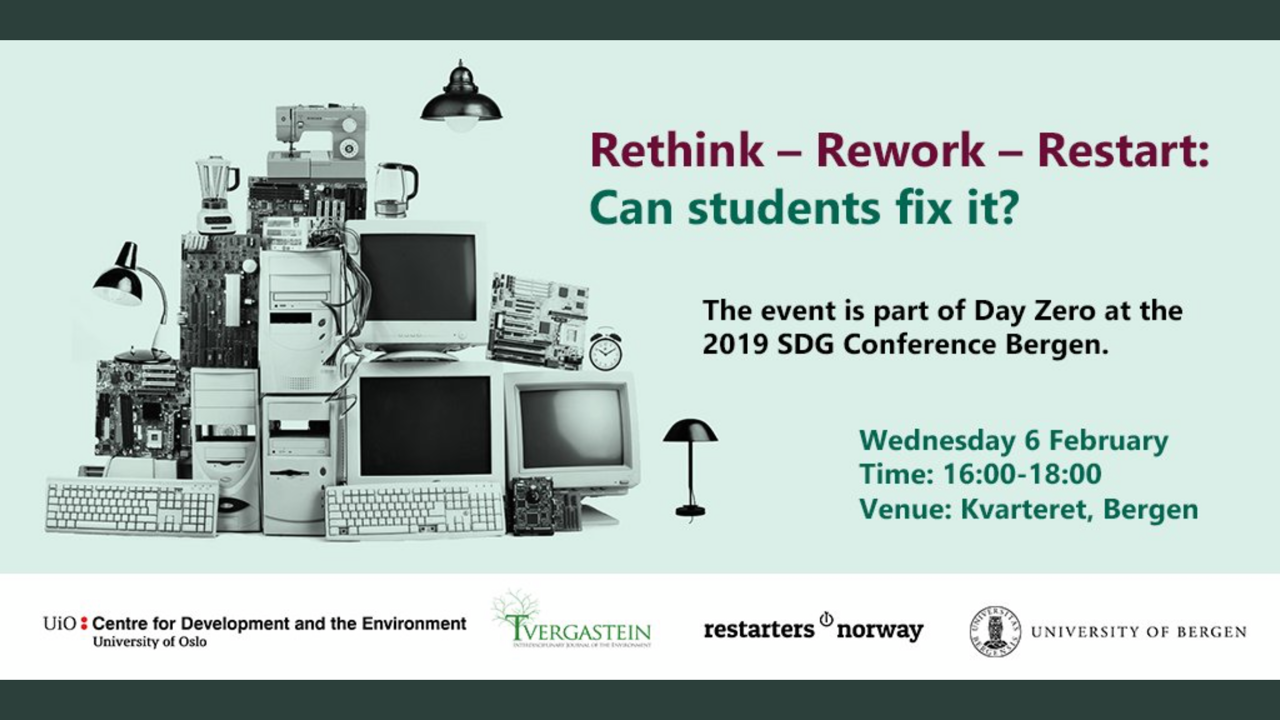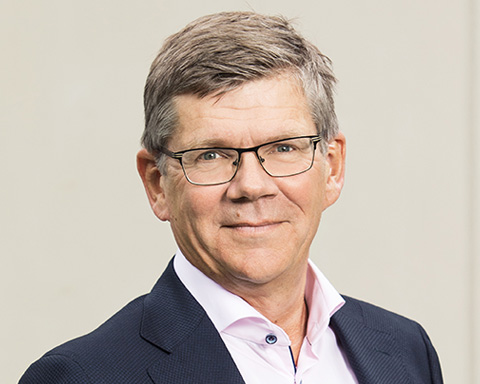
Every year 5000 students graduate from the University of Oslo and take on jobs in private and public sector, some become researchers, others start their own businesses. They become role models and parents. Their knowledge and mindset are what ultimately make changes happen. Our aim is that students at UiO graduate with strong academic knowledge and critical thinking, but also with a sustainability mindset, and richness in perspectives. They furthermore must be prepared for the needs of 21st century by being better trained in innovation, entrepreneurship and team work.
We often talk about how our university best can engage with society. Our research leads to new knowledge, new solutions, new knowledge based politics, it creates companies and revenue. However, the greatest long term impact is our students.

We have just arrived in Bergen to attend the annual SDG conference. We are privileged to have our talented and engaged students contributing too. Yesterday they hosted a fixers party, where people could bring their broken electronic devices and get them fixed. Their work is directly linked to SDG #12, responsible consumption and production. They are changing our view of both waste and repair.

They address the fact that electronic waste is the fastest growing waste-stream worldwide and that each Norwegian is throwing away 25 kg of electronic waste every year. This is harmful to the environment, it deplores resources and is harmful to people’s health. This point was also highlighted at the SDG conference by Jason Hickel (Goldsmith University of London) in an eye-opening talk about our current catastrophic patterns of consumption.

The young generation, who is inheriting our environmental sins, is transforming the public discourse and political debate. Their will to make amends is mobilizing a growing number of groups in society, also groups that might not have been that engaged before. I was impressed and inspired by 14 year old Penelope Lea, an environmental activist speaking at the EAT Forum in the University Aula last month. And Greta Thunstad, the 16 year old from Sweden going on a school strike to raise awareness about climate change, has become iconic. Their activism should inspire us to do more.
One initiative that we are taking right now is to establish Oslo City Studio. Students can get study points for working together on finding new solutions to challenges the city faces. We believe that connecting people, disciplines and institutions is the key to success. That is why we have, and will continue to develop interdisciplinary study programs. An important objective should be to introduce students to the complexities of interdisciplinary research. The 2030 Agenda and the SDGs are complex. How do we understand the tensions and sometimes conflicts between the goals? How do we balance economic growth with responsible consumption and production, how do we secure energy for all, but combat climate change?
The University of Oslo also takes global responsibility. Both through our master’s courses at home, and through international partnerships. Through our European university network, the Guild, we are in the process of developing a partnership with The African Research Universities Alliance (ARUA). The goal is to transcend the North-South patterns and tensions in academia and continue to support and cooperate with strong research-based institutions in Africa.
Knowing that the return on investment in higher education is way higher in Sub-Saharan Africa, than in say Europe, it is worth reflecting on that most investments in Sub-Saharan Africa are made in primary education. Investing more in the higher education sector in developing countries would be an important way to reaching the SDGs.
Through various study programs, we are contributing to capacity building in the global south. This is an important part of sustainable education. One example is HISP, a global movement to strengthen Health Information Systems in Developing countries (HISP). HISP at UiO is one of the leading organizations in this movement and our contribution includes in-country capacity building and implementation support, research, a PhD program, and hosting the core DHIS2 software development team. Working in this way, we contribute to strengthening the county’s national health systems and the ability to respond to people’s health needs.
HISP is one of many examples of contributions made to the SDGs by UiO. At the Global Opportunity Explorer, an online platform developed to highlight sustainable solutions and ideas, we have contributed a few other examples too. Take a look, and hopefully you will be inspired by ours and other’s ideas and solutions. We will continue to add solutions to the platform in the coming months.


